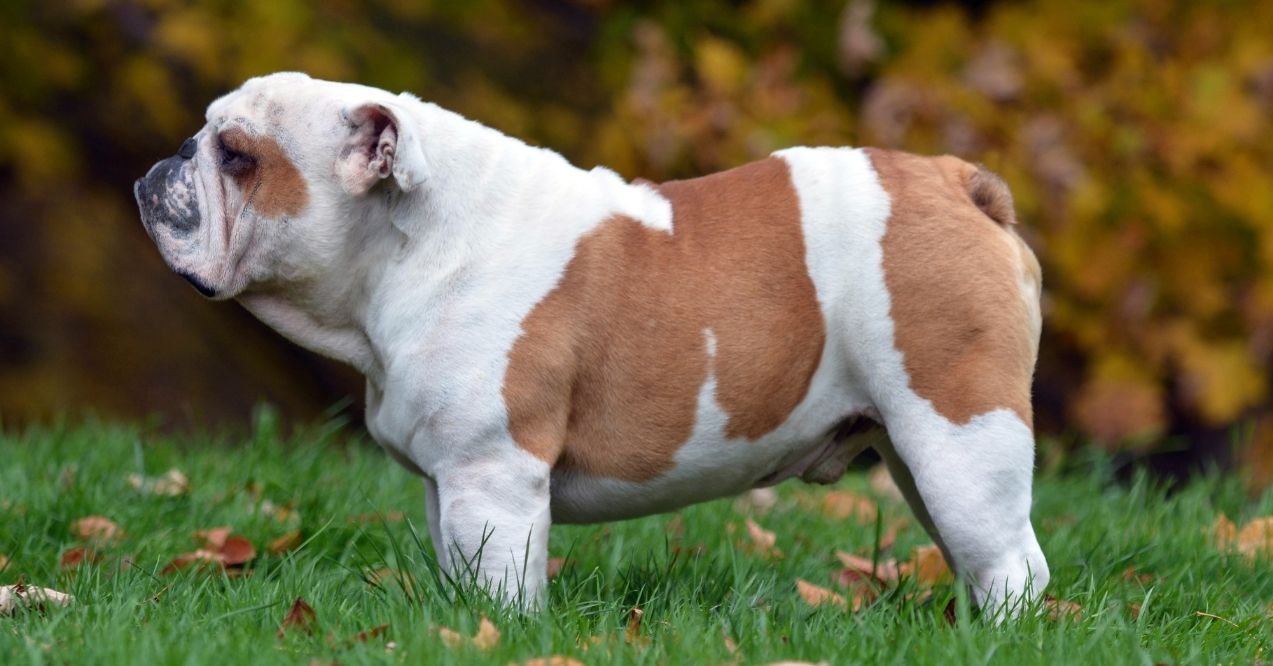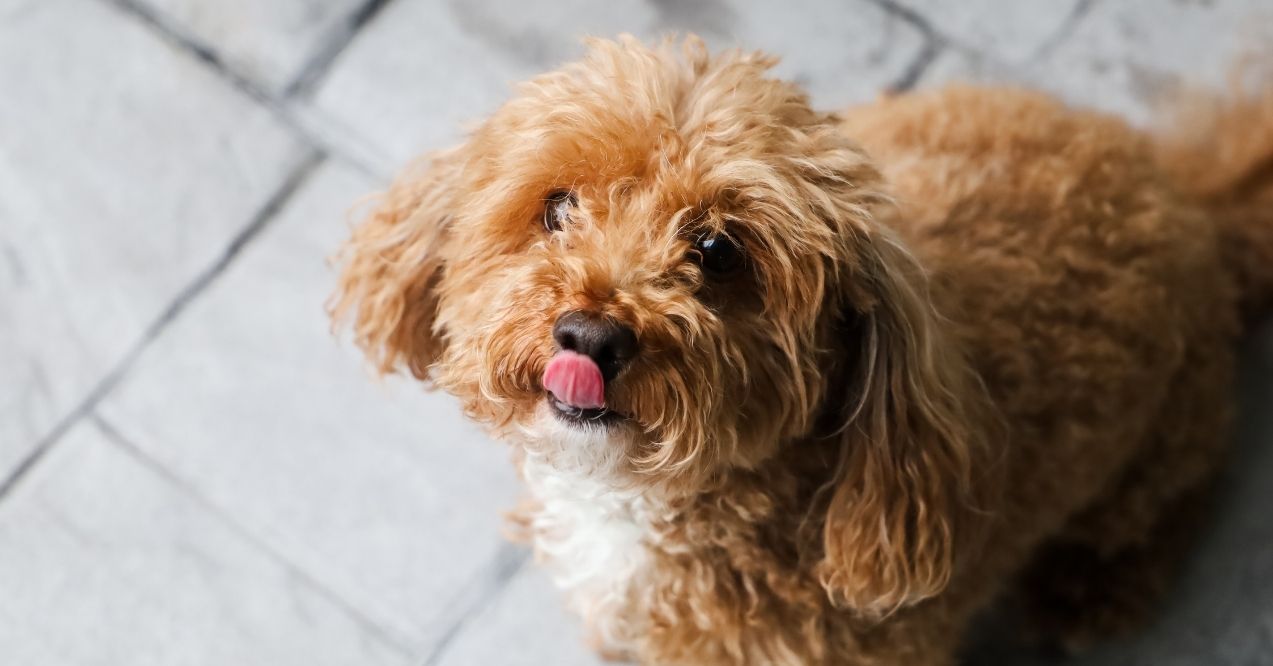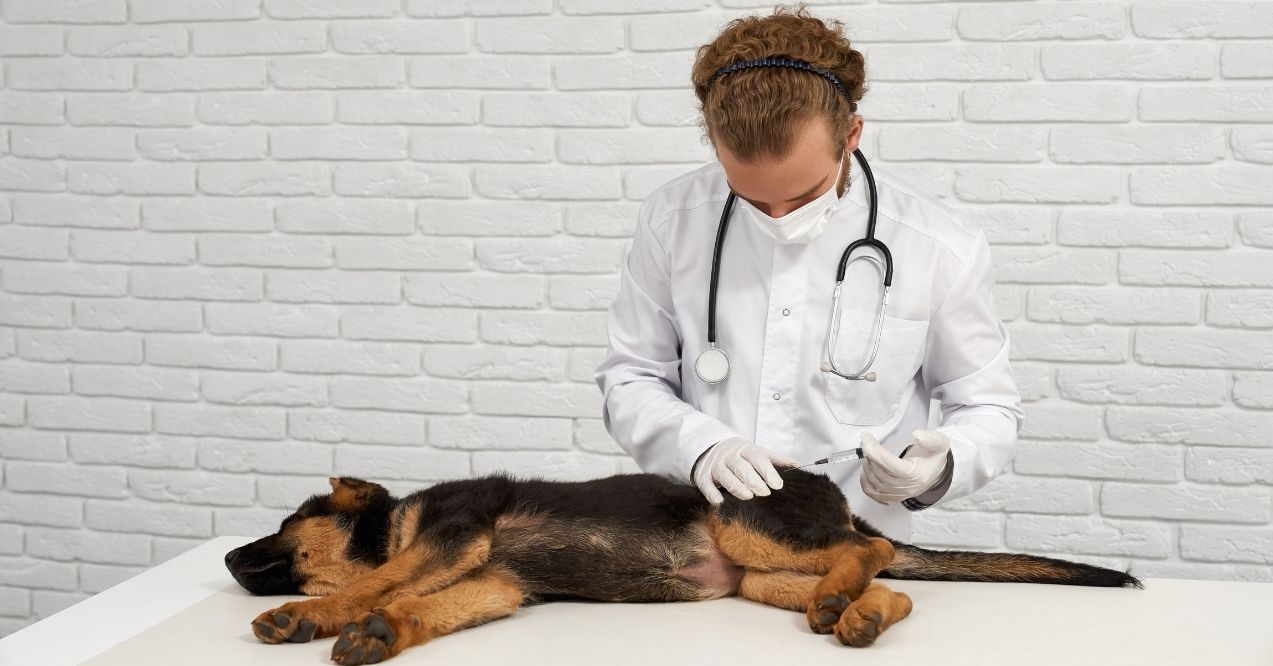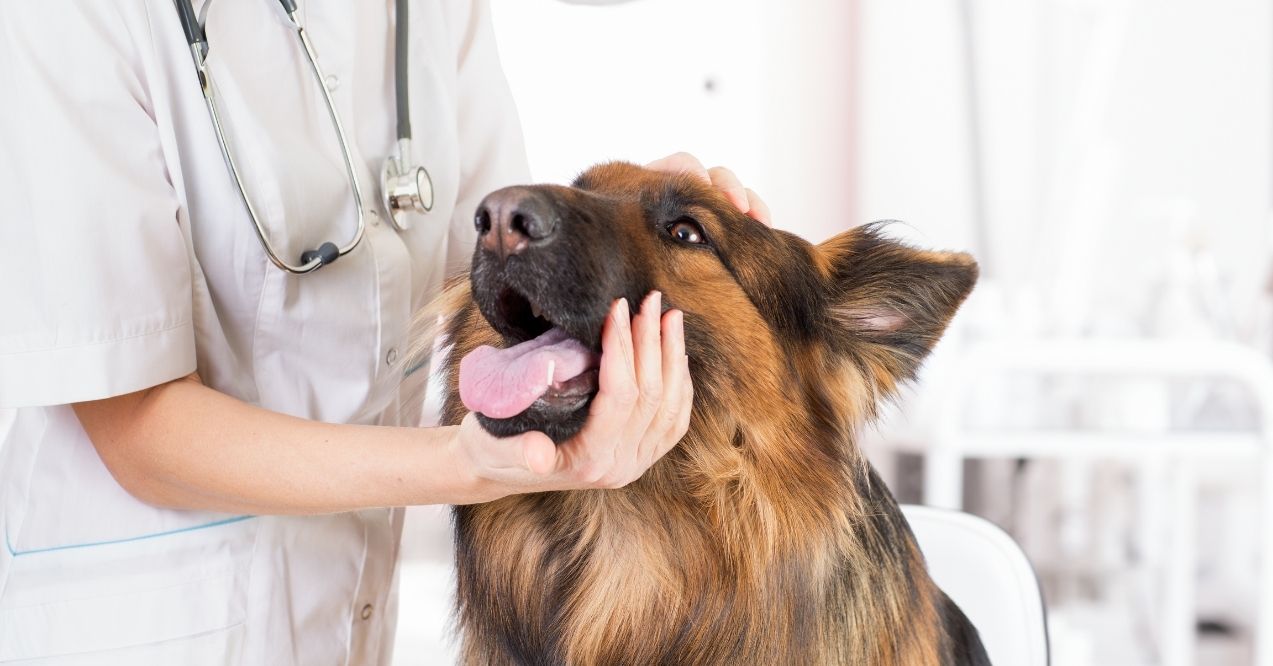Bulldog Breed Information
Welcome to our comprehensive bulldog breed information guide. These iconic canines rank as the one of the most popular dog breeds in America, beloved for their distinctive appearance and charming personality. With their signature wrinkled face, muscular build, and endearing underbite, English Bulldogs are instantly recognizable and universally adored. Standing just 14-15 inches tall, these stocky companions pack tremendous character into their compact frames.
Whether you’re considering adding one to your family or simply curious about these remarkable dogs, join us as we explore everything about English Bulldogs – from their fascinating transformation from fierce fighters to gentle family pets, to their care requirements, delightful temperament traits, and important health considerations that every potential owner should understand.
Breed Overview
Breed Characteristics
Common Health Issues
Care Requirements
English Bulldog History
The English Bulldog’s journey begins in medieval England, where they were bred specifically for the brutal sport of bull-baiting. Their name directly reflects this purpose – originally developed to bait and hold bulls by the nose. These early Bulldogs were taller, more athletic, and significantly more aggressive than today’s companions.
When bull-baiting was banned in England in 1835, the breed faced potential extinction. Dedicated enthusiasts stepped in to transform the Bulldog through selective breeding, focusing on gentle temperament rather than fighting ability. This remarkable re-engineering effort converted the once-fierce baiter into the sweet-natured, docile companion we know today.
The breed became a symbol of British determination and courage, gaining recognition from the American Kennel Club in 1886. Today’s English Bulldog stands as a testament to thoughtful breeding practices that preserved their distinctive appearance while completely transforming their temperament into one of the most beloved family companions worldwide.
Physical Characteristics

The English Bulldog’s appearance is unmistakable, with a unique combination of features that make this breed instantly recognizable worldwide. From their distinctive wrinkled face to their sturdy, low-slung body, Bulldogs possess physical traits that reflect both their historical purpose and their modern role as beloved companions.
Size and Weight
English Bulldogs embody strength and substance in a medium-sized package. Males typically stand 14-15 inches tall at the shoulder, while females maintain similar height with slightly less mass.
When it comes to english bulldog weight, males generally reach about 50 pounds when fully grown, with females averaging closer to 40 pounds. Despite their relatively short stature, their muscular build gives them a solid, substantial presence.
Their compact frame features a wide chest, short legs, and broad shoulders – all characteristics that once served them well in their bull-baiting days. Today, these physical traits contribute to their distinctive, rolling gait and unmistakable silhouette. English bulldog size remains consistent across the breed, with proportionate bodies that convey strength without excessive height.
Coat and Colors
The English Bulldog sports a short, fine, smooth coat that lies close to the body, giving them a sleek appearance despite their wrinkled skin. Their coat requires minimal maintenance while providing sufficient protection from the elements. English bulldog colors offer impressive variety, with the breed standard accepting several beautiful options:
- Solid shades – red, white, fawn
- Brindle patterns – streaked or tiger-striped appearance
- Piebald – white base with colored patches
- Fawn and white combinations
- Red and white mixes
Many Bulldogs display black masks on their faces, adding contrast to their expressive features. While the AKC doesn’t recognize solid black as a standard color, Bulldogs with predominantly dark coats do exist. The coat remains consistently short across all color variations, with a glossy, healthy sheen when properly maintained.
Distinctive Features
Perhaps no breed boasts more immediately recognizable English bulldog characteristics than these beloved companions.
Their most distinctive feature – the deeply wrinkled face with loose skin folds – originally served a practical purpose in bull-baiting by redirecting blood away from their eyes during combat. Today, these wrinkles give Bulldogs their endearing, perpetually concerned expression.
Their pushed-in nose (brachycephalic structure) and significant underbite contribute to their unique profile. The broad chest, relatively small hindquarters, and wide-set stance create their distinctive bulldog appearance. Many Bulldogs have naturally short tails – either straight or “screwed” (corkscrew shape) – that complement their compact body structure.
The Bulldog’s massive head appears almost too large for their body, with wide-set eyes that convey intelligence and loyalty. Their small, rose-shaped ears fold backward, revealing the inner burr. All these elements combine to create one of the most distinctive canine profiles in the world.
Temperament and Personality

The english bulldog temperament stands in stark contrast to their imposing appearance, offering a gentle and affectionate nature that makes them exceptional family companions. Often described as “docile,” these easy-going dogs thrive on human companionship and bond deeply with their families. Their patience and tolerance make them particularly well-suited for homes with children, where they display remarkable gentleness despite their sturdy build.
English bulldog personality traits include steadfast loyalty, surprising sensitivity, and an endearing stubbornness that often manifests as comical determination. While not overly energetic, they enjoy short play sessions before happily returning to their favorite lounging spot. Bulldogs typically demonstrate good behavior with other animals when properly socialized, though some may show territorial tendencies.
Bulldog behavior often includes amusing vocalizations – from distinctive snorts and snores to expressive grunts that seem to convey their opinions on household matters. While not excessive barkers, they make excellent watchdogs, their imposing appearance often deterring unwanted visitors without aggression.
Care

Caring for an English Bulldog requires attention to their unique physical needs. While not demanding excessive exercise or elaborate grooming routines, they do need consistent, specialized care to maintain optimal health and comfort.
Grooming
Despite their low-maintenance coat, English Bulldogs require specific grooming attention focused on their distinctive wrinkles. Their short, fine fur needs only weekly brushing to remove loose hair and distribute natural oils. However, their facial wrinkles demand daily care to prevent infections.
Key grooming needs include:
- Daily cleaning of facial wrinkles with a soft, damp cloth followed by thorough drying
- Special attention to the deep nose rope wrinkle where debris collects
- Regular inspection of skin folds for signs of irritation
- Weekly ear cleaning to prevent wax buildup
- Regular nail trimming to prevent mobility issues
- Dental care to combat issues related to their unique jaw structure
While their grooming routine isn’t complex, consistency is crucial for maintaining their skin health and overall comfort.
Exercise
Despite their muscular appearance, English Bulldogs have modest exercise requirements. Their brachycephalic structure limits breathing efficiency, making them unsuitable for strenuous activities.
Effective exercise approaches include:
- 20-30 minutes of gentle daily activity, preferably split into shorter sessions
- Short, leisurely walks during cooler parts of the day
- Brief play sessions with plenty of rest periods
- Indoor activities when outdoor conditions aren’t ideal
- Mental stimulation through interactive toys and gentle training
Always monitor your Bulldog during physical activity for signs of respiratory distress – excessive panting, slowing pace, or seeking shade indicates they need immediate cooling and rest. While they may appear lazy, appropriate daily activity remains essential for weight management and joint health.
Diet and Nutrition
Proper nutrition forms the cornerstone of English Bulldog health, with carefully controlled portions being essential to prevent obesity – a common issue that can exacerbate breathing difficulties and joint problems.
Nutritional guidelines to follow:
- 2-3 cups of high-quality dog food daily for adults, divided into two meals
- Select foods with quality protein sources and moderate fat content
- Look for formulas containing glucosamine, chondroitin, and omega fatty acids
- Choose easily digestible ingredients to prevent gastrointestinal issues
- Avoid fillers and artificial additives that might trigger allergic reactions
- Strictly limit treats, as Bulldogs gain weight easily when overfed
Always provide fresh water, especially given their susceptibility to overheating. Consult your veterinarian for feeding recommendations based on your dog’s specific needs, activity level, and health status.
Training and Socialization
Are English Bulldogs easy to train? The answer reflects their complex nature – while intelligent and eager to please, their stubborn streak requires patient, consistent training approaches. Their independent thinking sometimes manifests as selective listening, but they form strong bonds with trainers who use positive reinforcement methods. Harsh corrections typically backfire with this sensitive breed, causing them to shut down rather than comply.
English bulldog training works best with short, engaging sessions that maintain their interest. Their food motivation makes treats effective rewards, though portion control remains important. Basic commands and household manners develop well with consistent reinforcement, but complex training may progress more slowly than with traditionally “obedient” breeds.
Early socialization proves crucial for developing well-adjusted Bulldogs. Introduction to various people, environments, and situations during puppyhood builds confidence and prevents fearfulness. Properly socialized Bulldogs typically display excellent manners with strangers, children, and other pets.
Health

While these lovable companions bring immense joy to their families, their distinctive physical structure predisposes them to certain medical conditions. With proper preventative care, regular veterinary monitoring, and awareness of breed-specific concerns, many health issues can be managed effectively to ensure your Bulldog enjoys a comfortable, happy life.
Lifespan and Life Stages
The english bulldog lifespan typically ranges from 8 to 10 years. While this falls below the average for medium-sized breeds, attentive care can help ensure your Bulldog reaches their full life potential. Several factors influence english bulldog life expectancy, including genetics, weight management, preventative healthcare, and vigilant monitoring of breed-specific conditions.
Bulldogs progress through distinct life stages, each requiring tailored care approaches:
- Puppies (0-12 months) – Rapid growth requiring proper nutrition and gentle exercise to support developing joints
- Adults (1-6 years) – Prime years focusing on weight management and preventative healthcare
- Seniors (7+ years) – Increased vigilance for age-related conditions affecting mobility and comfort
Senior Bulldogs often maintain their playful personality even as they slow physically. Regular veterinary checkups become increasingly important during this stage, with twice-yearly examinations recommended to catch potential issues early. With diligent care throughout all life stages, many Bulldogs enjoy comfortable senior years with their devoted families.
Health Issues
English Bulldog Breathing Problems
Breathing difficulties represent the most significant health challenge facing English Bulldogs. Their brachycephalic (flat-faced) structure often leads to Brachycephalic Obstructive Airway Syndrome (BOAS), a condition affecting their respiratory efficiency. The combination of narrowed nostrils, elongated soft palate, and compressed airway creates respiratory stress evident through:
- Noisy breathing and snoring
- Exercise intolerance and quick fatigue
- Excessive panting even with minimal exertion
- Difficulty cooling down in warm conditions
- Sleep disturbances and possible sleep apnea
In severe cases, english bulldog breathing problems may require surgical intervention to widen nostrils, shorten the soft palate, or remove excess tissue blocking airflow. While not all Bulldogs require surgery, monitoring respiratory function throughout life remains essential.
English Bulldog Eye Problems
The distinctive facial structure of English Bulldogs predisposes them to several eye conditions requiring vigilant monitoring. Their prominent eyes and facial wrinkles create unique challenges for ocular health. English bulldog eye problems commonly include:
- Entropion – Inward-rolling eyelids causing lashes to rub against the cornea, creating irritation and potential corneal damage
- Cherry eye – Prolapse of the third eyelid gland, appearing as a red mass at the inner corner of the eye
- Dry eye (keratoconjunctivitis sicca) – Insufficient tear production leading to corneal irritation and potential ulceration
- Corneal ulcers – Often resulting from limited blinking efficiency and environmental irritants
Signs of eye issues include redness, squinting, excessive tearing, cloudiness, or visible third eyelid. Early veterinary intervention prevents minor irritations from developing into serious problems.
Skin and Wrinkle Issues
Those adorable wrinkles defining the Bulldog’s expressive face require diligent care to prevent skin fold infections known as skin fold pyoderma. The warm, moist environment within deep wrinkles creates ideal conditions for bacterial and yeast growth, particularly when moisture becomes trapped after eating, drinking, or outdoor activities.
Common skin concerns include:
- Skin fold dermatitis – Irritation, redness, and odor within wrinkle pockets
- Hot spots – Rapidly developing areas of moist dermatitis often triggered by allergies
- Atopic dermatitis – Environmental allergies causing itching and irritation
- Interdigital cysts – Painful lumps between toes often stemming from allergies
Preventative care includes daily wrinkle cleaning with gentle wipes, thorough drying after cleaning, and regular inspection for early signs of irritation. Many Bulldogs benefit from hypoallergenic shampoos and limited-ingredient diets to reduce allergic reactions.
Joint and Mobility Issues
The English Bulldog’s unique body structure – with heavy front end, broad chest, and short legs – creates biomechanical stresses affecting their joints throughout life. Hip dysplasia occurs frequently, where the hip joint doesn’t form properly, causing pain and mobility limitations. Their shorter spine also predisposes them to intervertebral disc disease, which can range from mild discomfort to severe pain or even paralysis in extreme cases.
Other common mobility concerns include:
- Patellar luxation – Kneecap dislocation causing intermittent lameness
- Elbow dysplasia – Malformation of the elbow joint leading to arthritis
- Cruciate ligament injuries – Often exacerbated by their wide stance and weight distribution
Weight management plays a crucial role in joint health, as excess pounds significantly increase stress on already challenged joints. Gentle, appropriate exercise builds supporting muscles without excessive impact.
Heat Sensitivity
The English Bulldog’s brachycephalic structure limits their ability to regulate body temperature efficiently. Unlike longer-nosed breeds that cool incoming air through their nasal passages, Bulldogs can quickly overheat even in moderately warm conditions. Their stocky build further impedes cooling, as their compact bodies retain heat more readily than leaner breeds.
Signs of overheating include:
- Excessive panting with wide-open mouth
- Bright red tongue and gums
- Excessive drooling or foamy saliva
- Weakness or disorientation
- Collapse in severe cases
Prevention remains far more effective than treatment, as heat stroke can become life-threatening within minutes. Air conditioning during warm weather provides essential environmental management.
Living with an English Bulldog

English Bulldogs thrive in environments where they can remain close to their beloved humans. Their moderate exercise needs and compact size make them ideal apartment dwellers, though they adapt equally well to larger homes. Their laid-back nature suits various household dynamics, from singles to large families, though they particularly shine in homes where someone is present most of the day to provide companionship.
These affectionate dogs form deep bonds with family members and typically show special gentleness with children. Their patient nature tolerates the sometimes clumsy interactions of youngsters, though supervision remains important for everyone’s safety. Bulldogs generally maintain peaceful relationships with other pets when properly introduced, especially if raised together from puppyhood.
Daily routine provides structure Bulldogs appreciate – from regular mealtimes to predictable walk schedules. Their adaptability extends to travel, though their breathing challenges require careful planning for transportation in hot weather.
English Bulldog Pros and Cons
English bulldog facts showcase their fascinating journey from fierce fighters to beloved companions:
Pros:
- Exceptionally affectionate and loyal temperament
- Excellent companions for families with children
- Moderate exercise needs ideal for less active households
- Adaptable to apartment living or larger homes
- Minimal shedding with simple coat maintenance
- Charming, entertaining personalities with unique expressiveness
Cons:
- Significant health concerns requiring vigilant monitoring
- Higher veterinary costs than many breeds
- Daily wrinkle cleaning necessary to prevent infections
- Poor heat tolerance limiting outdoor activities
- Potential breathing difficulties affecting activity level
- Shorter lifespan than many medium-sized breeds
- Stubborn streak can challenge first-time dog owners
For those prepared to provide their specialized care needs, Bulldogs reward owners with unmatched loyalty and affection. Their charming personality and distinctive appearance make them beloved companions, but potential owners should carefully consider whether they can commit to the breed’s particular health management requirements before bringing a Bulldog into their home.
Facts and Trivia
English bulldogs facts showcase their fascinating journey from fierce fighters to beloved companions:
- The Bulldog’s name directly reflects their original purpose – holding bulls by the nose during baiting events
- After bull-baiting was banned in 1835, dedicated breeders transformed the aggressive fighter into today’s gentle companion
- The University of Georgia’s mascot “UGA” represents one of the most famous Bulldog mascots in collegiate sports
- Yale University chose the Bulldog as their first mascot in 1889, starting a tradition of college Bulldog mascots
- The Marine Corps adopted the Bulldog as their unofficial mascot, reflecting the tenacious determination both share
These fascinating details contribute to the Bulldog’s enduring popularity across generations, making them one of America’s most recognized and beloved breeds.
Conclusion
The English Bulldog stands as a remarkable example of how selective breeding can transform a once-fierce fighting dog into one of the world’s most beloved companions. Their distinctive appearance – from their wrinkled face to their stocky build – makes them instantly recognizable, while their gentle temperament and affectionate nature have earned them devoted fans worldwide.
English Bulldogs have low energy levels but aren’t truly lazy. They enjoy short bursts of playful activity followed by longer rest periods. Their laid-back nature and exercise limitations are due to their brachycephalic structure.
English Bulldogs aren’t excessive barkers. They typically vocalize through grunts, snorts, and snores instead. When they do bark, it’s usually for good reason, making them effective but not noisy watchdogs.
When properly socialized, English Bulldogs generally get along well with other dogs. They typically have easygoing temperaments but may occasionally show stubbornness or territorial behavior. Early socialization is key to fostering positive interactions.
English Bulldogs form strong bonds with their families and prefer companionship. While they can tolerate short periods alone, extended isolation may cause separation anxiety. They’re best suited for homes where someone is frequently present.
English Bulldogs snore due to their brachycephalic (flat-faced) structure. Their shortened airways, elongated soft palates, and narrow nostrils restrict airflow, causing the vibration of tissue that produces their characteristic snoring sounds.
Advertisement. This site offers health, wellness, fitness and nutritional information and is designed for educational purposes only. You should not rely on this information as a substitute for, nor does it replace, professional medical advice, diagnosis, or treatment. If you have any concerns or questions about your health, you should always consult with a physician or other health-care professional. Do not disregard, avoid or delay obtaining medical or health related advice from your health-care professional because of something you may have read on this site. The use of any information provided on this site is solely at your own risk.











